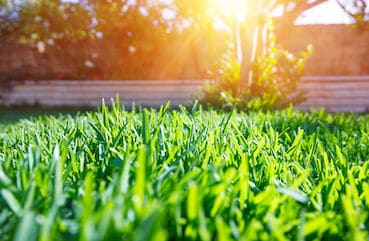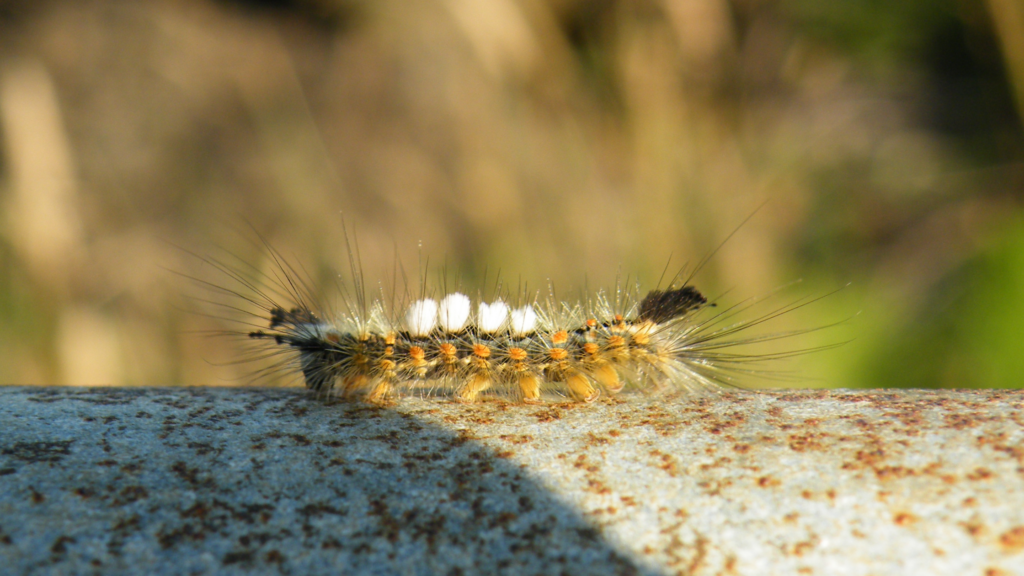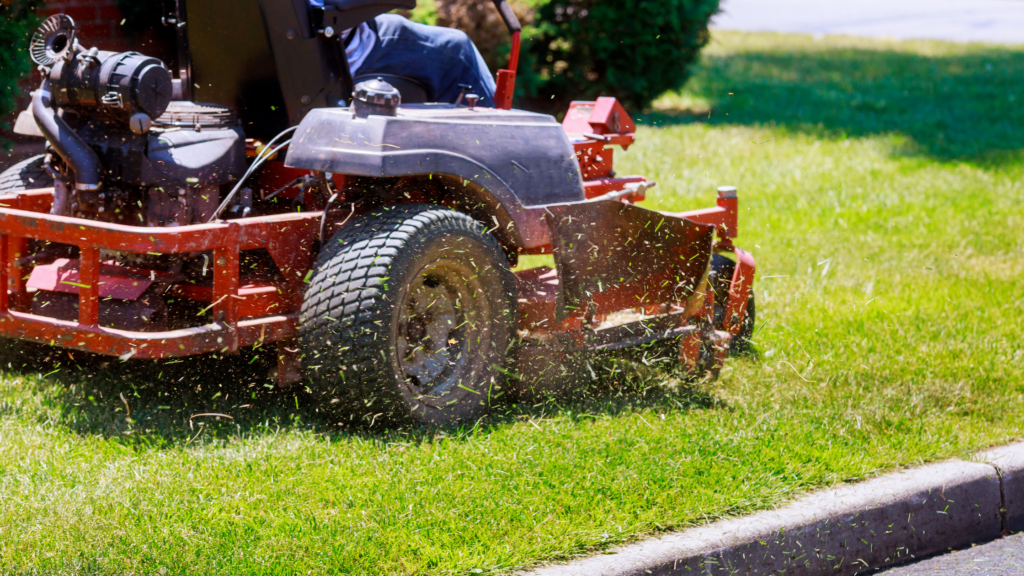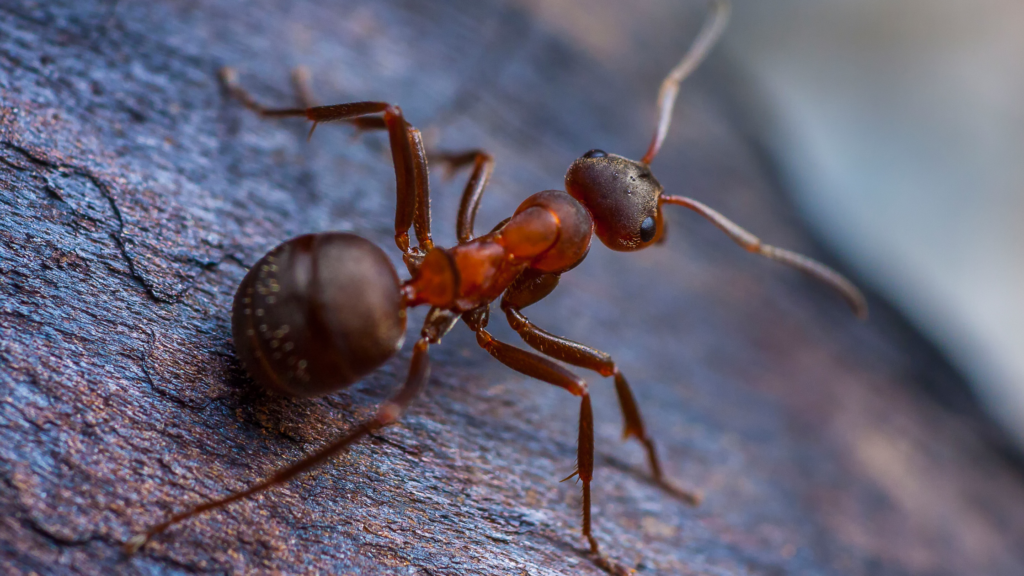There’s finally some rain in the forecast after a long stretch of unseasonably high temperatures in Northeast Florida, but the hottest months are still to come. This early scorcher and prolonged lack of rain means that lawns are stressed much earlier this year, which may make your turf even more vulnerable in the weeks ahead. The good news is that there are steps you can take to help your lawn be more resilient to high heat and drought conditions.
Irrigate less frequently, but longer.
It may seem counterintuitive, but overwatering is just as harmful to turf as underwatering. When lawns are irrigated too often, water stays available to roots near the surface so they’re not encouraged to grow deeply. During a drought, a shallow root system can’t reach the water that’s deeper in the soil.
To help your turf develop a strong root system and be better able to tolerate drought, follow these irrigation best practices:
- Water less frequently but for a longer time in one session—twice a week for 45 minutes to an hour at a time will do, and may also keep you in compliance with your local irrigation ordinances. (In the Jacksonville area, the twice-a-week irrigation rule coincides with Daylight Saving Time, which runs through November 3 of this year.) You want the water to get several inches down into the soil. Note: If you have new sod that hasn’t yet put down roots, you’ll need to water more often to help it avoid summer patch disease.
- One to one-and-half inches of water can help keep your lawn green and growing. You can easily check the amount of water you’re giving your lawn by setting a one-inch deep tuna or cat food can in the area you’re watering.
- Watch out for run-off, which wastes water. If you see that the soil can’t hold anymore water and it’s flowing out onto pavement or on top of the ground, you’ve given the soil all it can take.
- Water early in the day, especially during those hours when lawns are usually damp with dew. This greatly reduces the chances that the water will evaporate in the heat of midday. Try to avoid watering in the evening, which can leave your turf wet for hours and invite disease.
- Check your lawn daily throughout the growing season and especially during drought conditions to look for signs of wilt. These include a blue-gray color, leaf blades that are starting to fold, and foot impressions that stay long after you’ve stepped on the grass.
Mow at the right height.
According to the University of Florida’s Institute of Food and Agricultural Sciences (UF/IFAS),
proper mowing is one of the most important ways to maximize the health of your lawn.
It’s no fun to get out in the heat to mow, so it’s tempting to cut your lawn as short as possible so that you can go longer between mowing sessions. Unfortunately, a closely clipped lawn will be less resistant to pests, weeds, disease and drought, and let too much sunlight reach (and quickly dry out) the soil.
Here are our recommendations for good mowing practices:
- Try not to cut off more than one-third of the height of your grass. Those green grass blades need sufficient leaf area for optimum photosynthesis. Remember, your turf is a plant, and you wouldn’t cut the other plants in your landscape down to the ground when a trim is all they need! The more leaf blade you leave intact, the more defenses your lawn has against problems.
- Shaded grass may need to be cut higher, since it may be competing with tree and shrub roots for the nutrients it needs.
- Keep your mower’s blade sharp—clean cuts that don’t tear up the blade will heal more quickly.
- For St. Augustine grass, the most popular type of turf grass in our area, leave the height at 3.5 to 4 inches. Other species, such as zoysia and centipede grasses, can be mowed to one to two inches in height.
- If you’re unable to mow your lawn for an extended period of time, don’t try to catch up to the recommended height all in one mowing session.
- The UF/IFAS recommends leaving your grass clippings on the ground to act as compost. This will add organic matter, return nutrients to the soil, and even lessen your fertilization requirements.
Treat pest problems and lawn diseases as soon as possible.
Even the lushest, greenest lawns can have the occasional problem with insects or disease. Catching them early is the best way to keep these problems well under control.
Keep an eye out for these signs of trouble:
- Chinch bugs: Circular yellow or dying patches
- Sod webworms: Chewed blade edges and tiny cocoons in the turf’s upper thatch
- Gray leaf spot: Gray, oval blemishes on grass blades
- Root rot: Discolored patches or overall decline in the health and appearance of your lawn
Remember, prevention is the best defense, so call the experts at Turner Pest Control at the first sign of a problem. For ongoing lawn care that can protect your lawn from drought, weeds, pests and more, we offer comprehensive
lawn and outdoor services that will help you have the best lawn on the block! Our lawn technicians will be happy to give you an estimate that’s based on the size of your lawn and answer your questions about our fertilization treatments, turf optimization products, optional disease control programs and more.




